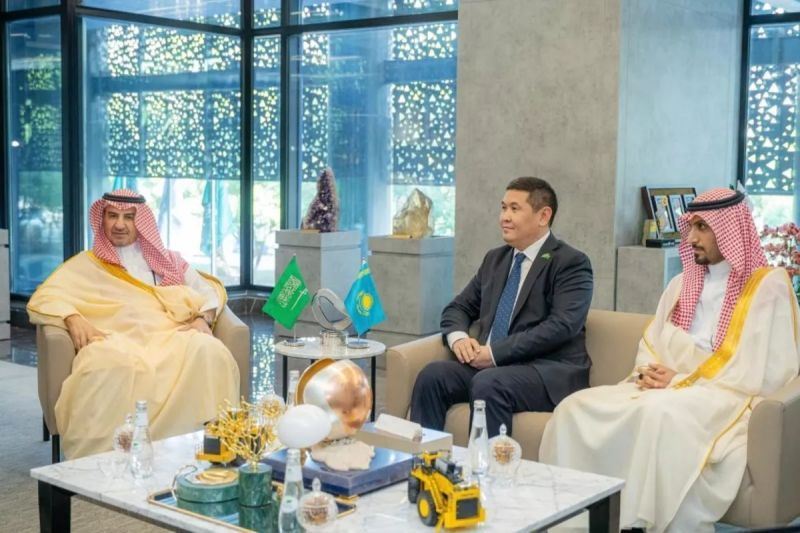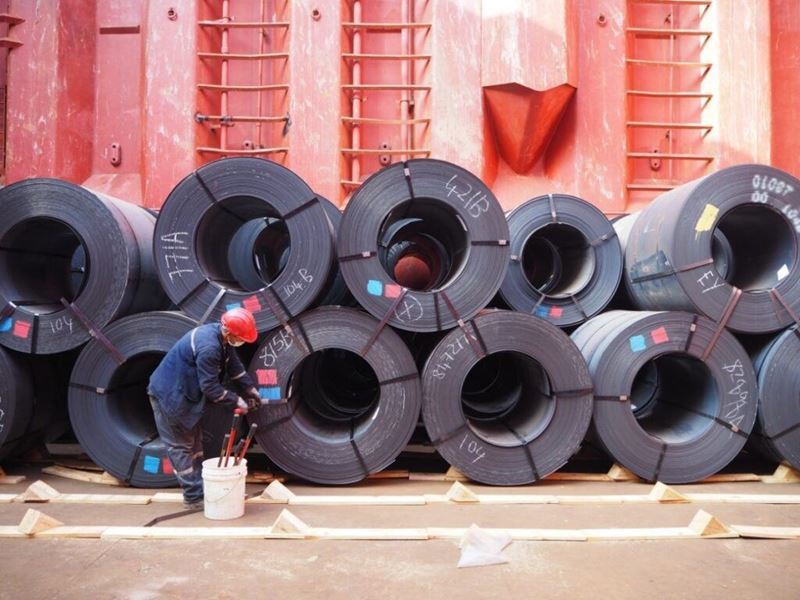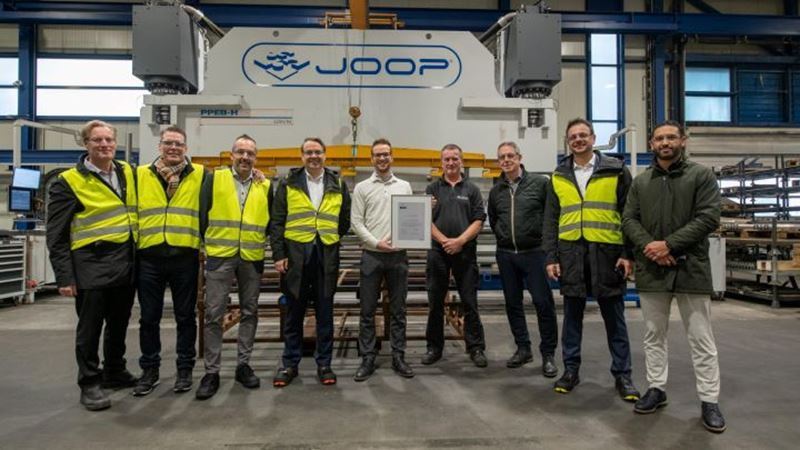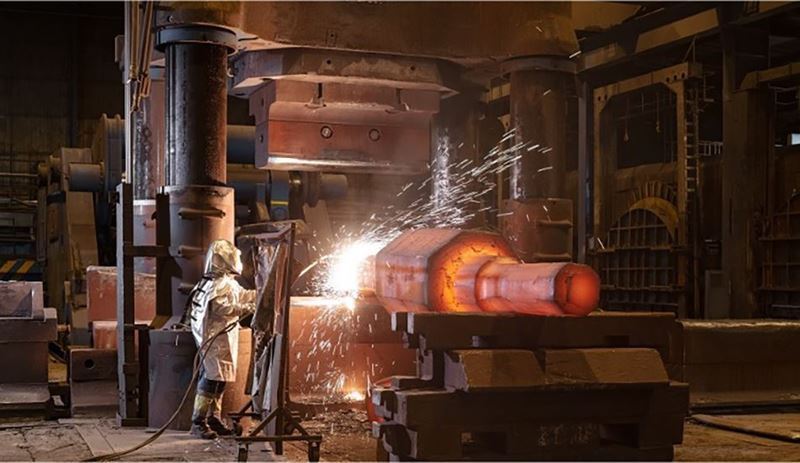According to Hyundai’s global CEO Jose Munoz, the Indian subsidiary is targeting to contribute up to 30 % of Hyundai’s global exports within the next five years. In the same timeframe, HMIL forecasts annual revenues near ₨1 trillion.
Strategic Growth & Product Roadmap
As part of this growth strategy, HMIL plans to launch 26 new models by 2030, including seven entirely new nameplates, and a locally designed and manufactured electric sport-utility vehicle (SUV) by 2027.
The plan also places strong emphasis on hybrid and electric powertrains. HMIL has flagged that more than 50 % of its vehicle portfolio will come from eco-friendly powertrains (CNG, EV, hybrid) by FY2030, and utility vehicles (UVs) will form more than 80 % of its sales mix.
Executing the Vision
In tandem with the investment announcement, Hyundai India also revealed leadership changes: Tarun Garg will take over as Managing Director & CEO from January 2026, becoming the first Indian to head the unit.
Hyundai said approx. 60 % of the investment will go toward product development and R&D, while about 40 % will support capacity expansion and upgrades.
Implications for India & Global Exports
India’s importance in Hyundai’s global strategy is clear: further localisation, ramping up manufacturing for export markets, and leveraging India’s low cost environment and strong labour force are key. At present, HMIL already exports vehicles to more than 90 countries.
By positioning India as a major export hub, Hyundai aims to strengthen its global competitiveness, diversify production bases, and better serve emerging market demand.
Challenges & Outlook
Of course, realising this vision will require Hyundai to navigate industry-wide headwinds: transition to electric/hybrid vehicles, increasing regulatory pressures (both in India and abroad), supply chain disruptions, and rising input costs. Execution—rather than just ambition—will be critical. As Jose Munoz put it, “While others cut, we build, while others exit markets, we double down.”
If Hyundai delivers on its roadmap, the Indian automobile manufacturing landscape could shift significantly—with India emerging as not just a local manufacturing base but a global export powerhouse for one of the world’s major automakers.









Comments
No comment yet.